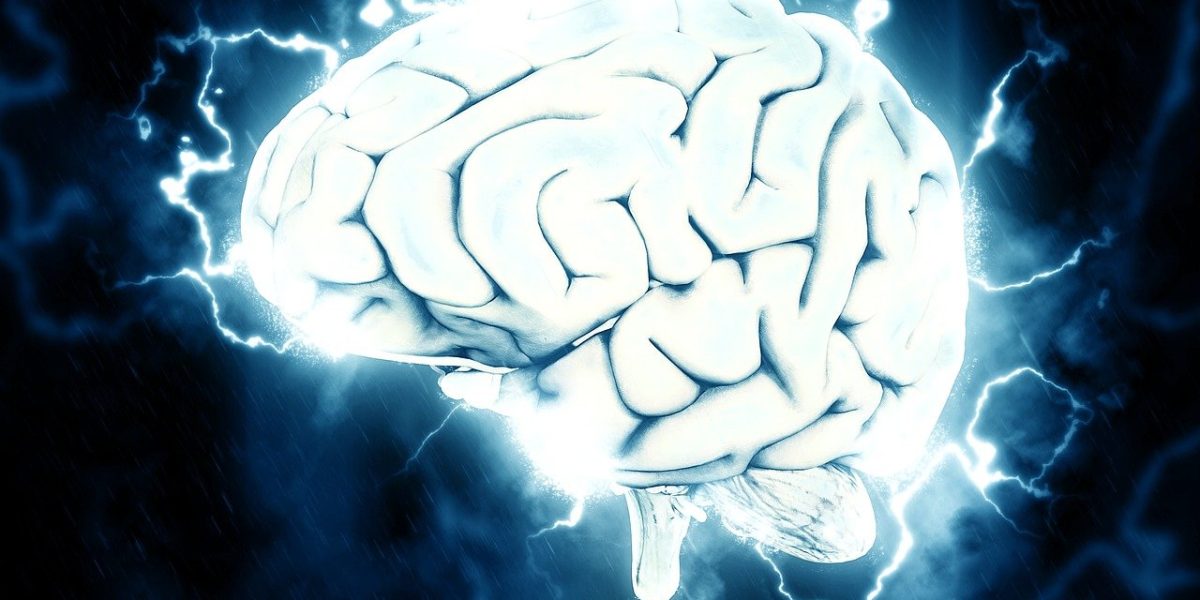Achieving neuroplasticity through mindful meditation involves cultivating heightened awareness of the present moment. Regular practice of mindfulness, focusing on breath or sensations, induces structural changes in the brain. This intentional attention and non-judgmental observation lead to increased gray matter density in areas related to attention, emotion, and self-awareness. Mindful meditation thus becomes a potent tool for self-directed neuroplasticity, offering a simple yet effective means to actively shape and optimize the brain’s neural architecture for improved cognitive function and emotional well-being.
How Does Neuroplasticity Work?
Neuroplasticity refers to the brain’s ability to change and adapt in response to new experiences. This means that the brain can rewire itself in response to new information, learning, and environmental factors. The brain is not a fixed and static organ, but rather a dynamic and adaptable one. Neuroplasticity allows the brain to recover from injury and disease, as well as to learn new skills and abilities. Neuroplasticity is facilitated by a range of mechanisms, including the growth of new neurons, the formation of new synapses, and the strengthening of existing connections between neurons. These mechanisms allow the brain to reorganize itself in response to new information, enabling it to adapt to changing circumstances and environments. Neuroplasticity is not limited to the brain of a child or a young adult; it is a lifelong process that continues throughout adulthood. This means that the brain can continue to learn and adapt, even as we age. However, the extent of neuroplasticity declines with age, and the brain becomes less adaptable and more resistant to change.

Mindful meditation techniques can leverage neuroplasticity for positive brain changes:
- Focused Attention Meditation: Enhances concentration and attention by directing focus to a specific point.
- Body Scan Meditation: Promotes self-awareness and emotional regulation by systematically scanning through the body.
- Mindful Movement (Yoga, Tai Chi): Combines intentional movements with awareness, promoting neuroplasticity in motor control and mindfulness.
- Visualization Meditation: Activates neural networks related to imagination and memory, potentially contributing to cognitive functions and creativity.
What is the Gupta Program?
The Gupta Program is a holistic approach to treating chronic illness, anxiety, and long COVID. It was developed by Ashok Gupta, a health practitioner who suffered from chronic fatigue syndrome for several years. Gupta believes that these conditions are caused by a condition known as Amygdala Hypersensitivity Syndrome (AHS), which is characterized by an overactive amygdala – the part of the brain that controls the fight-or-flight response. When the amygdala is overactive, it can cause a range of symptoms, including anxiety, fatigue, and brain fog. The Gupta Program is designed to retrain the brain and reduce the hyperactivity of the amygdala, thereby alleviating the symptoms of these conditions.

How does the Gupta Program work to transform your Health?
The Gupta Program is a comprehensive approach that incorporates a range of techniques and practices, including meditation, breathing exercises, yoga, and cognitive behavioral therapy. It also includes dietary changes, nutritional supplements, and detoxification protocols. The program is designed to be tailored to the individual needs of each patient, with an emphasis on personalized care and support. The program is designed to be completed over a period of several months, with regular check-ins and support from Gupta and his team of health practitioners. While the program may take some time to complete, many patients report significant improvements in their symptoms within a few weeks of starting the program.

